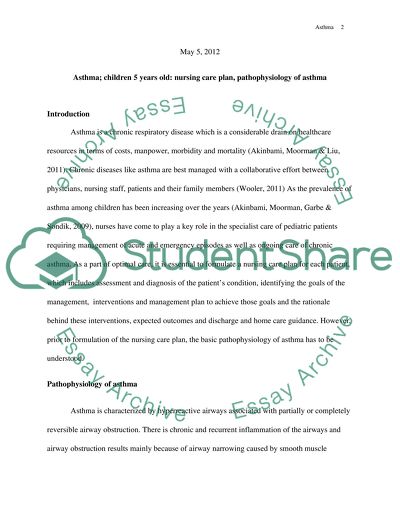Cite this document
(“5 Year Old Children Asthma: Nursing Care Plan Essay”, n.d.)
Retrieved from https://studentshare.org/nursing/1450635-5-year-old-children-asthma-nursing-care-plan
Retrieved from https://studentshare.org/nursing/1450635-5-year-old-children-asthma-nursing-care-plan
(5 Year Old Children Asthma: Nursing Care Plan Essay)
https://studentshare.org/nursing/1450635-5-year-old-children-asthma-nursing-care-plan.
https://studentshare.org/nursing/1450635-5-year-old-children-asthma-nursing-care-plan.
“5 Year Old Children Asthma: Nursing Care Plan Essay”, n.d. https://studentshare.org/nursing/1450635-5-year-old-children-asthma-nursing-care-plan.


